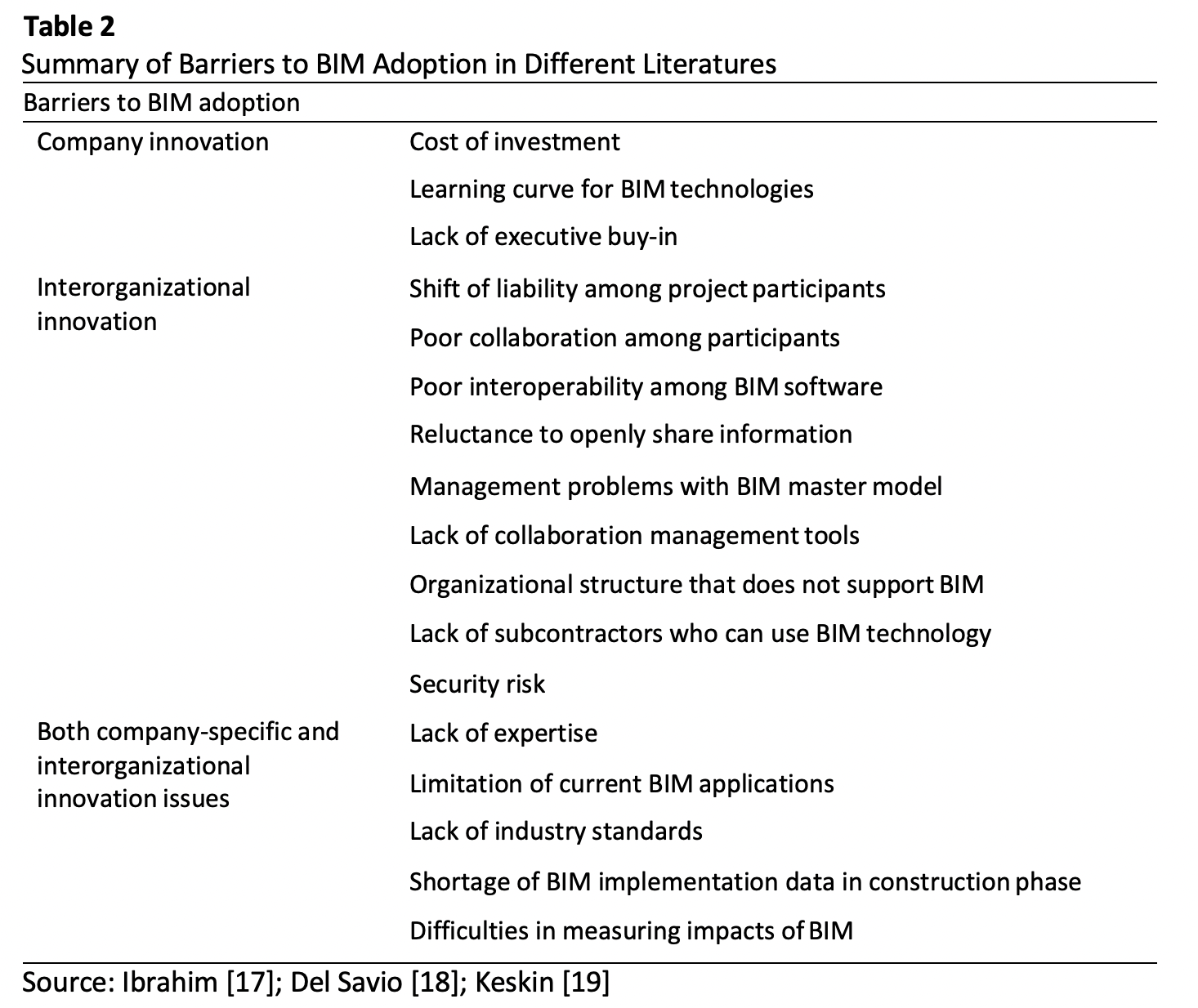Potentials of Building Information Modelling (BIM) in Managing Variations
DOI:
https://doi.org/10.37934/araset.32.2.439456Keywords:
BIM, Managing variations, Potentials, Qualitative researchAbstract
As property development and information technologies are going rapid in these few decades, information construction becomes necessarily as a management tool. Changes and variations in construction projects are common and inevitable. This paper aims to study potentials of Building Information Modelling (BIM) in managing variations. The research objective is to identify the potentials of BIM in managing variations. Qualitative method was adopted for this research. Semi-structured interviews were conducted with the respondents to collect data. Twelve respondents were chosen based on the following criteria: (a) involved in BIM projects and (b) experts with BIM knowledge. The respondents involved in the interviews are BIM software providers, BIM software resellers, BIM consultants, main contractors and government personnel in Malaysia. From the interview findings, the potentials of BIM in managing variations are to reduce the variations due to design-related changes, material-related changes, information discrepancies and construction method. Resolving design-related changes includes better visualisation, design coordination, clash detection, better decision making and minimised uncertainties. Managing material-related changes involves automated quantity taking-off, detailed plan for visualisation and material purchase plan. Reducing information discrepancies involves data digitalisation, communication and collaboration, real-time tracking changes as well as improved on request for information (RFI) process. Minimising variations due to construction method includes simulation, better site management and prefabrication with BIM. This research proves that it is necessary to promote BIM management approach in managing variations.
Downloads




























